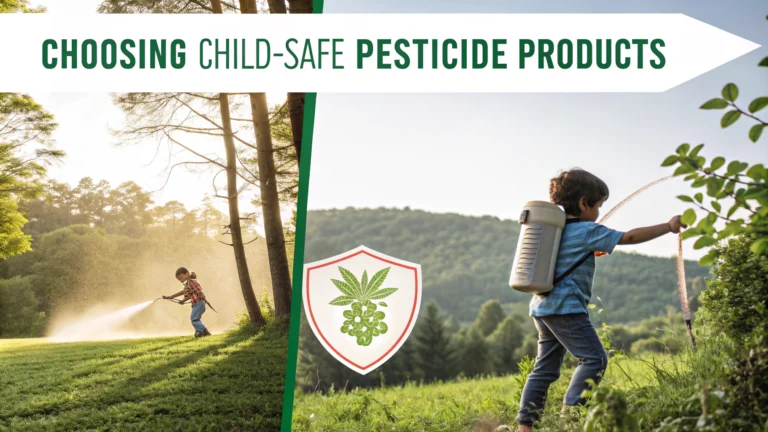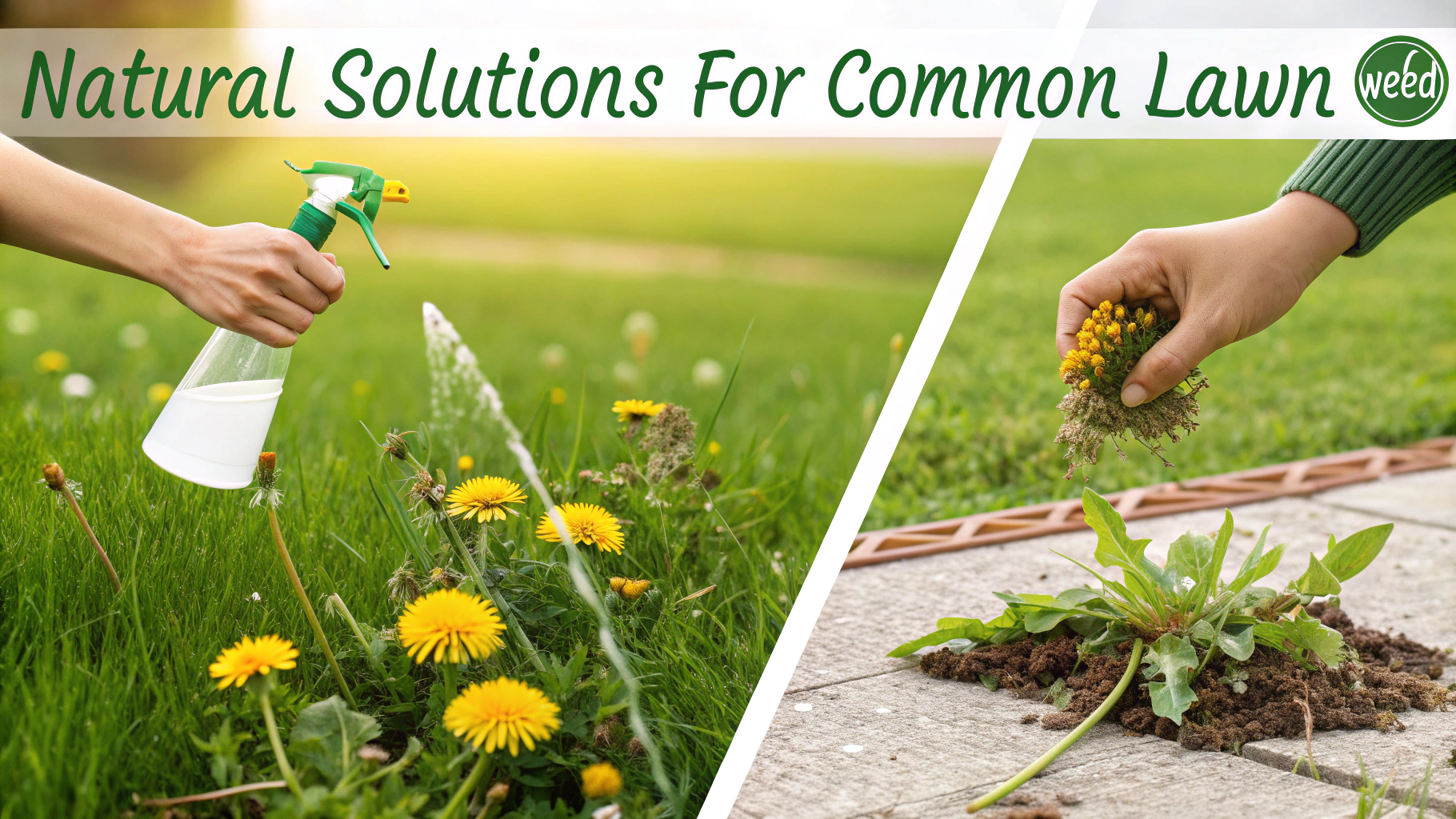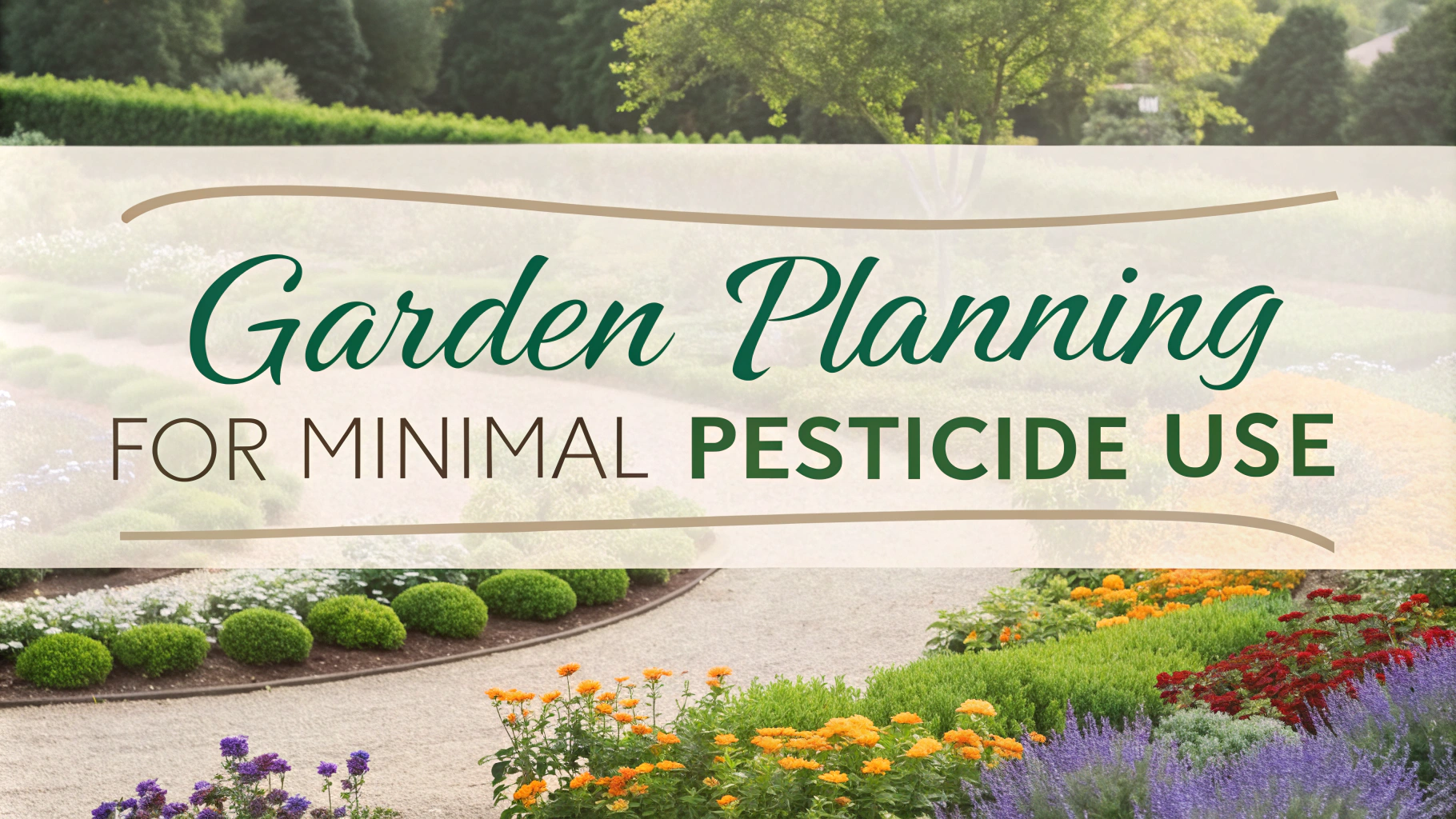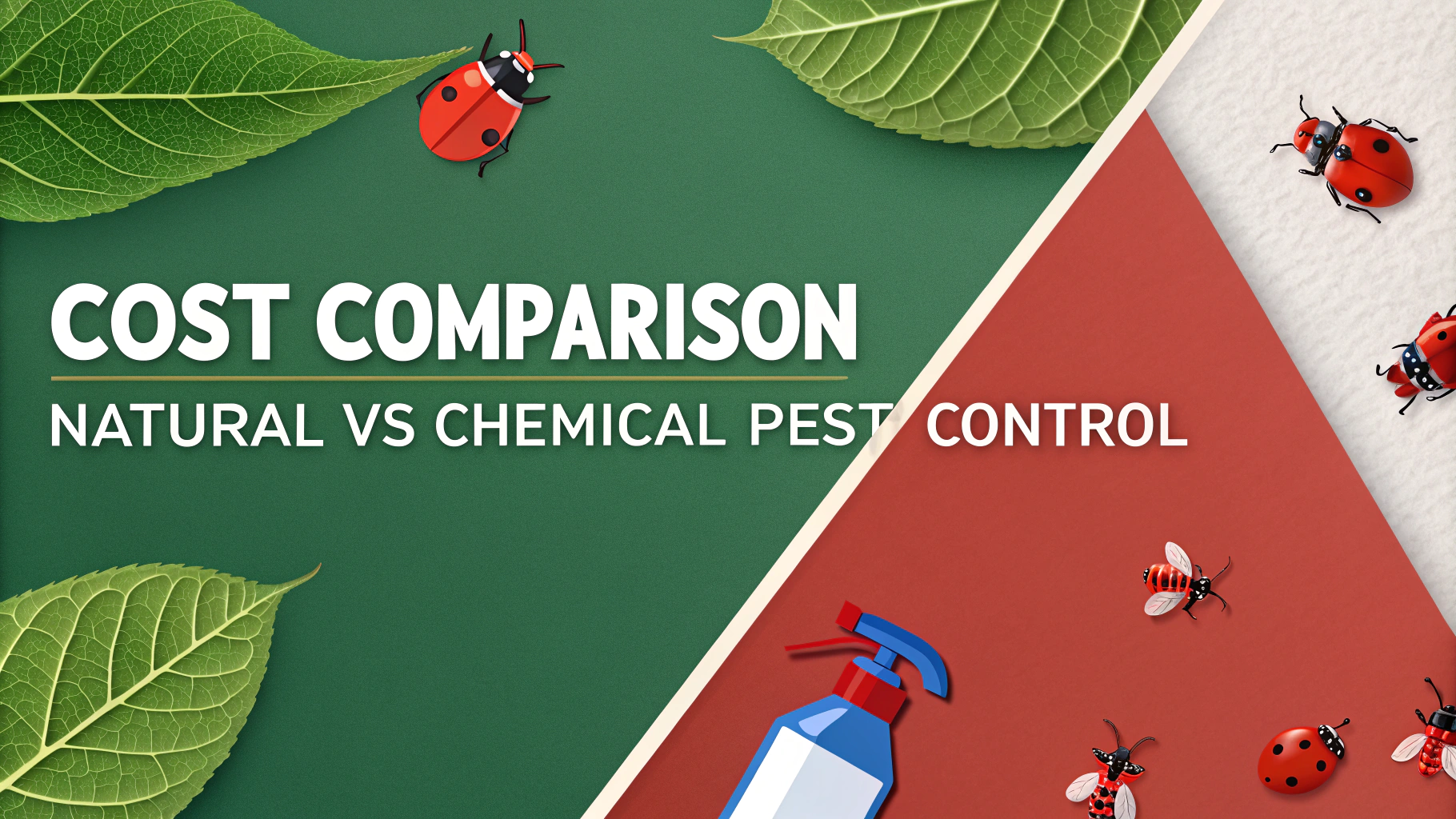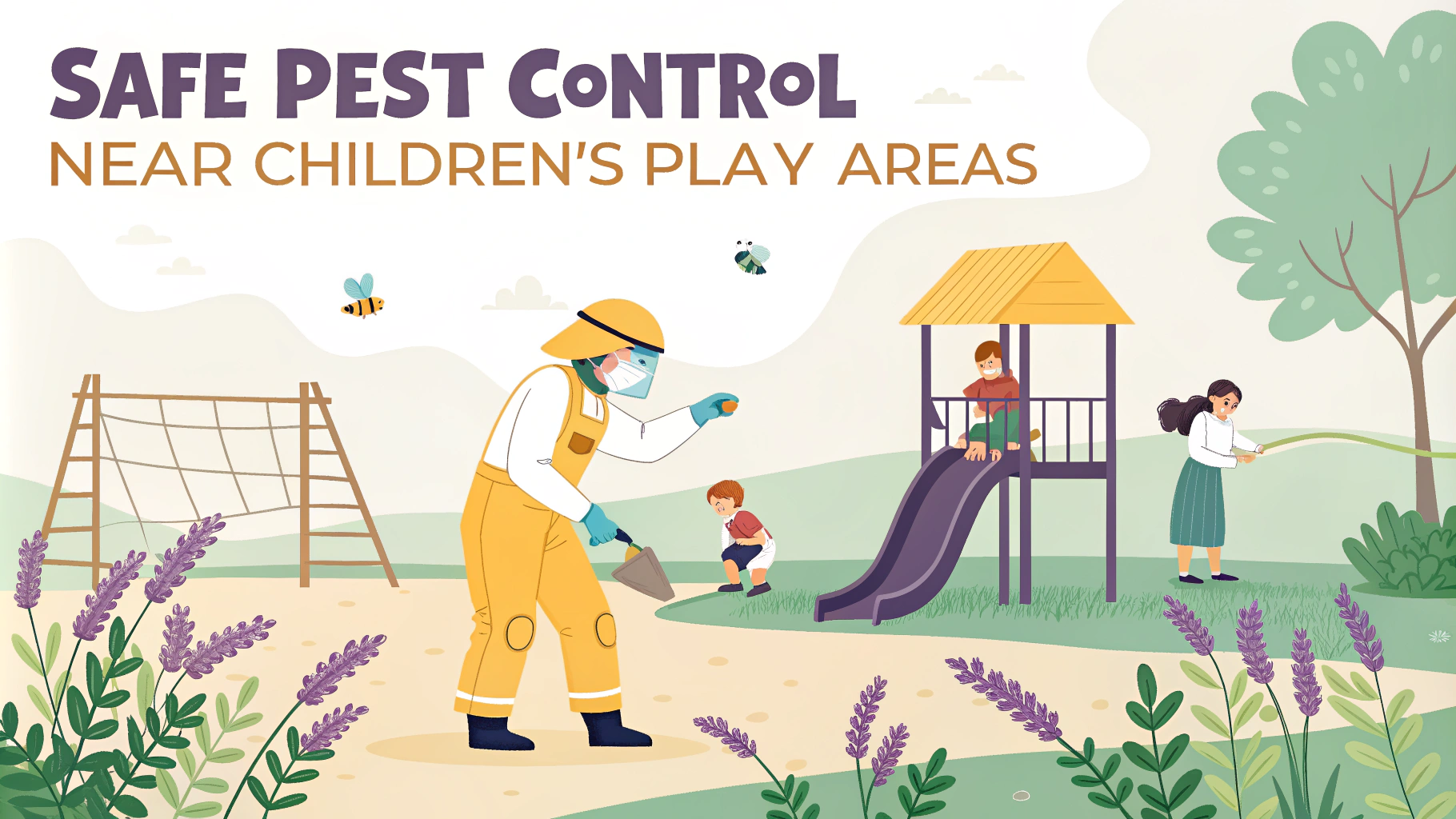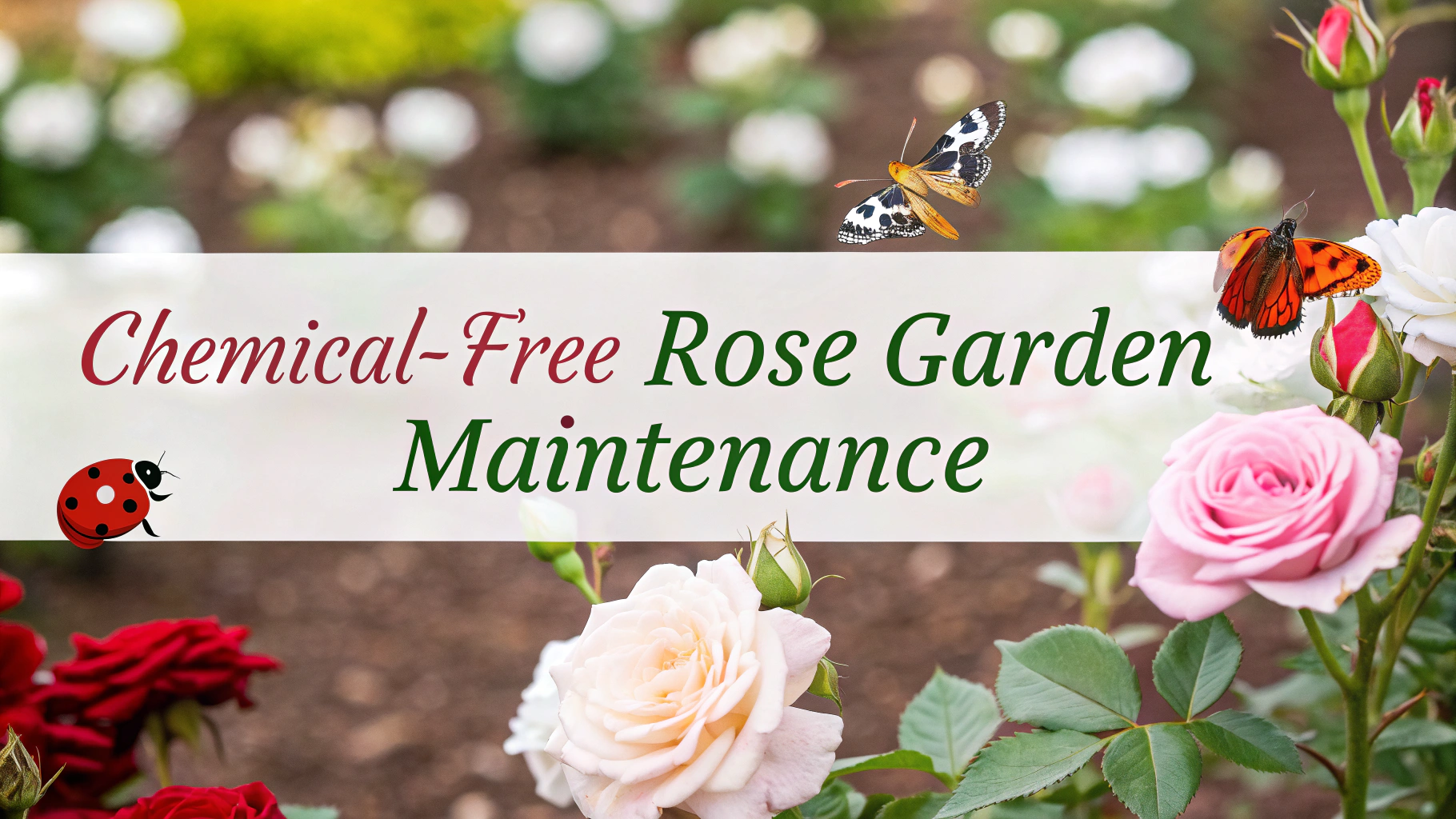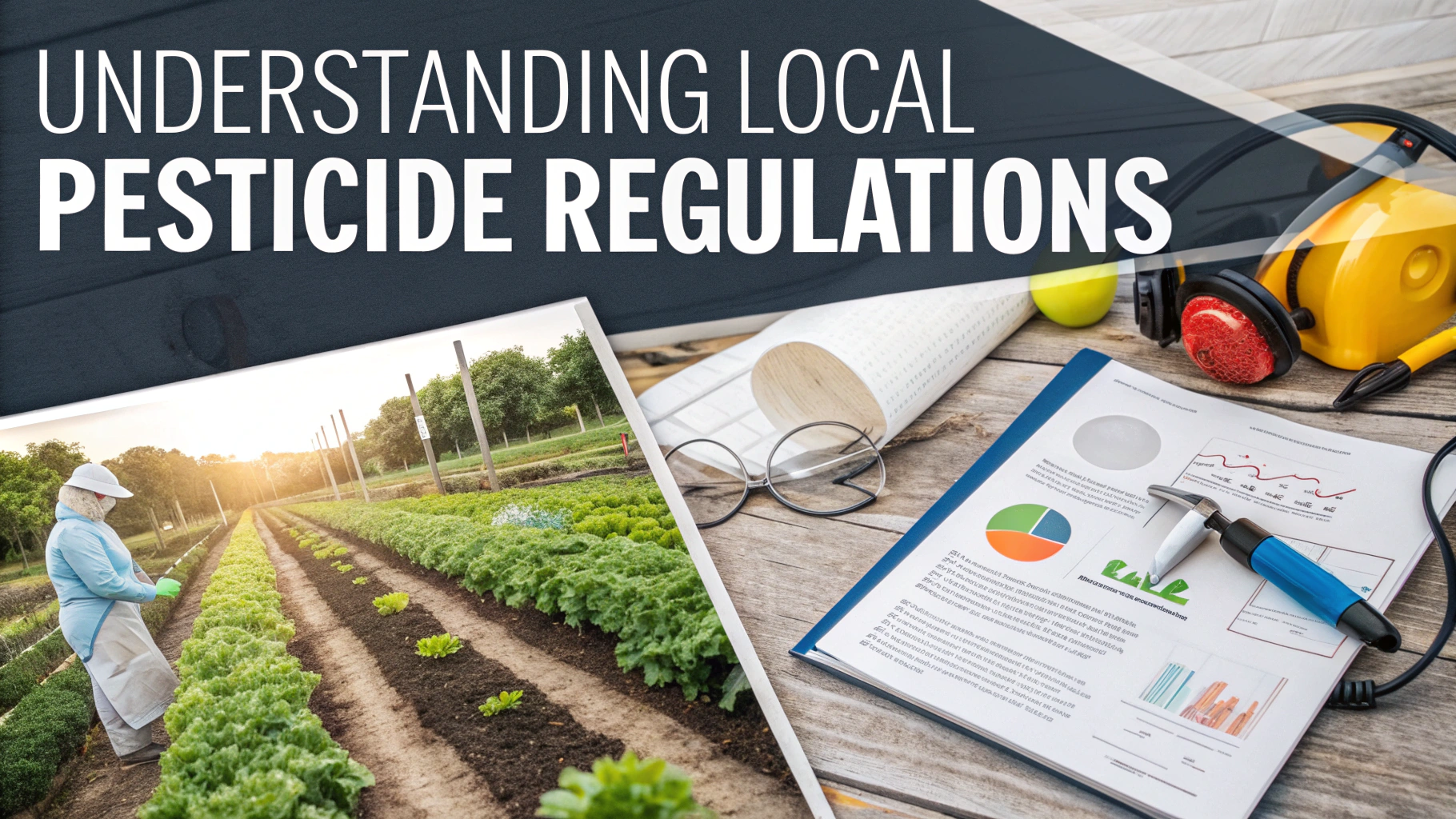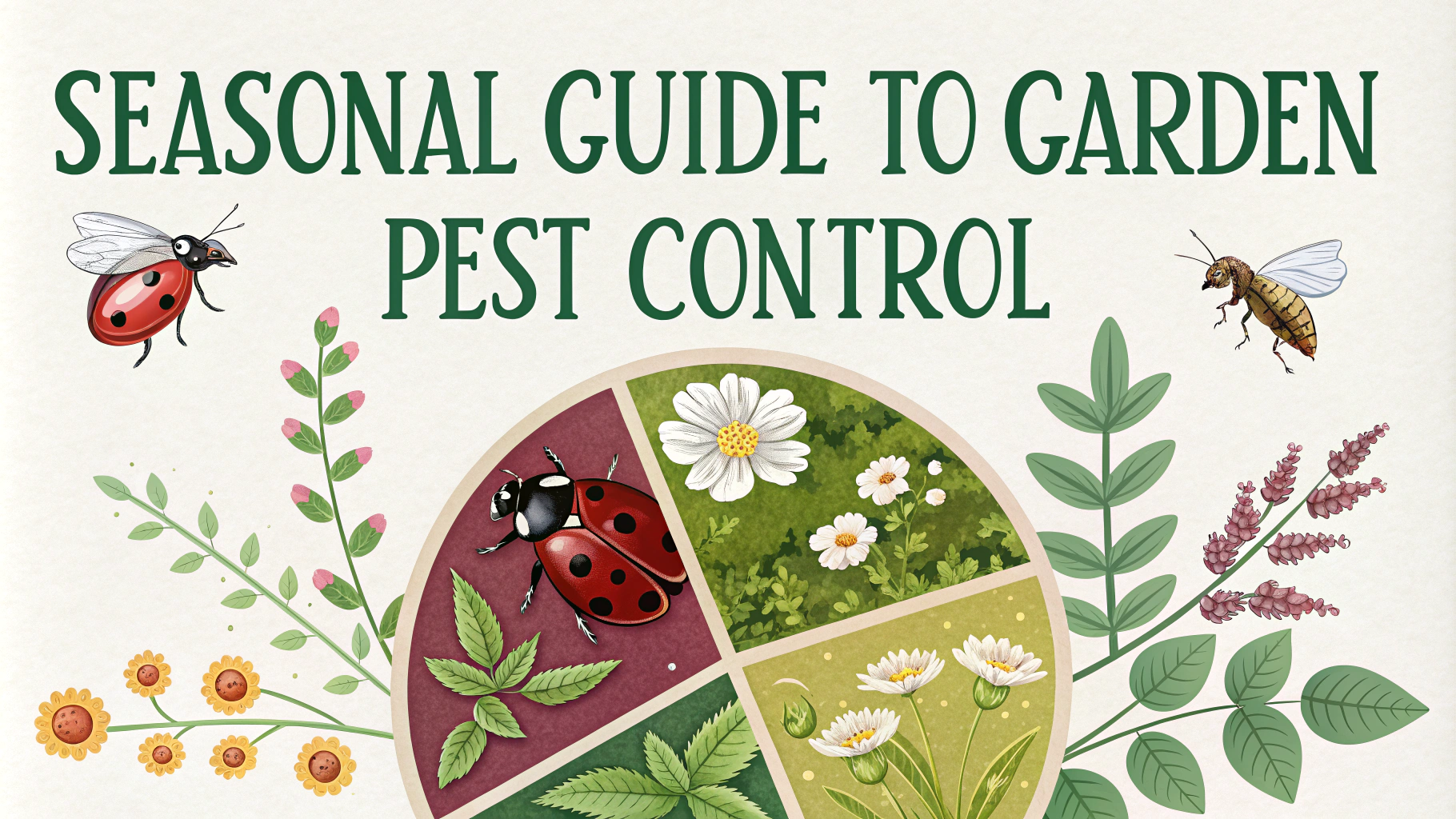Protecting children while managing pests requires careful selection of pesticide products that balance effectiveness with safety.
Natural & Low-Risk Options
Diatomaceous earth, a natural powder made from fossilized algae, effectively controls crawling insects without toxic chemicals.
Neem oil, derived from neem tree seeds, works as both an insecticide and fungicide while being safe around children when used properly.
Insecticidal soaps kill soft-bodied insects on contact but have minimal residual effects.
Safety Guidelines
- Choose products labeled “caution” rather than “warning” or “danger”
- Select ready-to-use formulations instead of concentrates
- Opt for bait stations or gels over sprays when possible
- Store products in locked cabinets out of children’s reach
- Keep original containers with labels intact
Recommended Child-Safe Products
| Product Type | Safe Options |
|---|---|
| Ant Control | Terro Liquid Ant Baits, Advanced Ant Killer Bait Stations |
| Roach Control | Combat Roach Bait Stations, Harris Boric Acid |
| Garden Pests | Garden Safe Neem Oil Extract, Safer Brand Insect Killing Soap |
Prevention First Approach
- Seal entry points around windows and doors
- Keep food in airtight containers
- Clean spills immediately
- Remove standing water near house
- Maintain proper garbage disposal
Emergency Information
Keep the Poison Control Center number (1-800-222-1222) readily available.
Application Safety
- Apply products when children are not present
- Allow areas to dry completely before children return
- Remove toys and personal items before application
- Wash hands thoroughly after handling pesticides
- Follow label instructions exactly
Contact your local extension office for personalized pest management advice specific to your area.
Best Practices for Application
Proper timing and technique during pesticide application significantly reduces risks while maintaining effectiveness. Always ventilate areas thoroughly during and after treatment.
Timing Considerations
- Apply early morning or evening to maximize effectiveness
- Plan applications when children will be away for several hours
- Consider seasonal pest patterns for preventive treatments
- Allow sufficient drying time before reoccupying spaces
Monitoring and Maintenance
Regular inspection helps identify pest problems early and evaluate treatment effectiveness. Document pest sightings and treatment dates to establish patterns.
Key Areas to Monitor
- Kitchen and bathroom moisture areas
- Foundation perimeter and entry points
- Garden and outdoor play areas
- Storage spaces and dark corners
When to Seek Professional Help
Consider professional pest control services for severe infestations or when dealing with dangerous pests like wasps or rodents. Licensed professionals have access to more effective treatments and proper safety equipment.
Conclusion
Effective pest management around children requires combining prevention, careful product selection, and proper application techniques. Focus on integrated pest management strategies that minimize chemical use while maintaining a pest-free environment. Regular monitoring and maintenance help prevent serious infestations and reduce the need for stronger treatments.
Always prioritize children’s safety by following label instructions, proper storage procedures, and maintaining emergency contact information. When in doubt, consult professionals for guidance on specific pest problems in your area.
FAQs
- What makes a pesticide product child-safe?
Child-safe pesticides typically use natural or low-toxicity ingredients, have child-resistant packaging, contain bitter agents to discourage ingestion, and are formulated to minimize risk of harm if accidental exposure occurs. - Which natural ingredients are considered safe alternatives to chemical pesticides?
Safe natural alternatives include neem oil, pyrethrin (from chrysanthemum flowers), diatomaceous earth, citrus oils, and vinegar-based solutions that are effective yet have lower toxicity levels. - How should child-safe pesticides be stored to prevent accidents?
Store pesticides in locked cabinets out of children’s reach, keep products in their original containers with labels intact, never transfer to food containers, and store away from food, toys, and pet supplies. - What immediate actions should be taken if a child is exposed to pesticides?
Call Poison Control immediately (1-800-222-1222), do not induce vomiting unless instructed, remove contaminated clothing, rinse skin with water if there’s direct contact, and seek immediate medical attention. - Are organic pesticides automatically safe for use around children?
No, organic doesn’t automatically mean safe. Even natural pesticides can be toxic and must be used with caution. Always read labels and follow safety guidelines regardless of whether the product is organic or synthetic. - What certifications or labels should I look for when choosing child-safe pesticides?
Look for EPA registration numbers, “minimum risk pesticide” designation under FIFRA 25(b), OMRI (Organic Materials Review Institute) listing, and products labeled specifically as safe for use around children and pets. - How long should children stay away from areas treated with pesticides?
Children should avoid treated areas for at least the duration specified on the product label, typically 24-48 hours for most products. Some may require longer waiting periods based on the active ingredients. - What are the safest methods for indoor pest control with children present?
Use preventive measures first (sealing entry points, proper sanitation), then opt for child-safe options like sticky traps, boric acid in inaccessible areas, and targeted bait stations in sealed, tamper-resistant containers. - Can child-safe pesticides effectively control common household pests?
Yes, many child-safe alternatives are effective when properly used. They may require more frequent application or integrated pest management approaches, but they can successfully control common household pests while maintaining safety. - What warning signs should parents watch for that might indicate pesticide exposure?
Common signs include headache, nausea, dizziness, excessive sweating, respiratory problems, eye irritation, skin rashes, and unusual behavior. If any symptoms occur, seek immediate medical attention.
